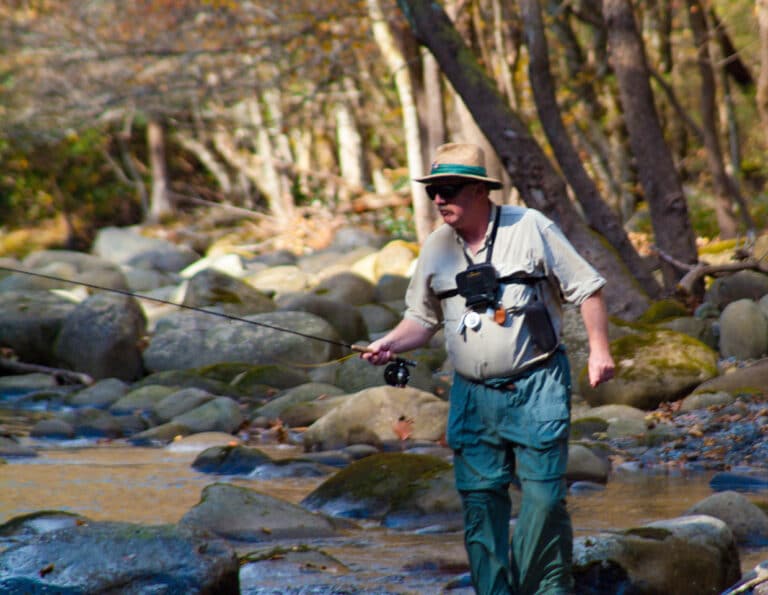The Worldwatch Institute released its Vital Signs 2007-2008, and the prognosis for Mother Earth is not good. Energy consumption and industrial pollution—largely from the United States—are contributing to a global climate crisis. The U.S. accounted for over 21 percent of global carbon emissions from fossil fuel burning in 2005—making it the largest polluter in the world (China has since nudged ahead), double the per capita level in Europe. Worldwatch is calling for the U.S. to follow the EU lead by committing to reducing its total greenhouse gas emissions by 80 percent by 2050
As the world population approaches seven billion, consumption overall continues to increase. In 2006, the world used 3.9 billion tons of oil. Fossil fuel usage in 2005 produced 7.6 billion tons of carbon emissions, and atmospheric concentrations of carbon dioxide reached 380 parts per million. Other eye-opening trends from the report: Meat production hit a record 276 million tons (43 kg per person) last year, and more wood was removed from forests than ever before.
FOOD FOR THOUGHT
64
Percent of Americans that are overweight or obese
33
Percent increase in deaths due to physical inactivity and poor diet, which may soon overtake tobacco as the leading cause of preventable death.
10
Approximate percentage of the United States population that will gain more than five pounds during the holiday season.
2
Rank of West Virginia in adult obesity, with 29.8 percent of its adult population meeting the standard.
1
Rank of Washington, D.C., among the 50 states for childhood obesity, with 22.8 percent.
Ten of the 15 states with the highest rates of adult obesity are located in the South.

DID YOU KNOW?
No Love for the Neuse
North Carolina’s Neuse River was named one of the top 10 most endangered rivers in the country by American Rivers. Running from Raleigh to Pamlico Sound, the river has been plagued by run-off from hog operations and encroaching development. Now citizens and environmental groups are in a battle with the city of Raleigh, which is seeking an exemption from state environmental rules that would require it to clean up 1,100 contaminated acres near its Neuse River Wastewater Treatment Plant. For years the plant workers spread treated waste sludge in surrounding fields, contaminating groundwater with high levels of nitrates that kill fish and make humans sick. 

Air (Freshener) Scare
More than a dozen common household air fresheners contain phthalates—chemicals that may affect hormones and reproductive development, particularly in babies, according to a recent study by the Natural Resources Defense Council. Many of the products that tested positive were labeled as “all-natural” and “unscented.”
SKI SLOPE DICTIONARY
ARCTIC COUGAR: An attractive older woman who stalks really young guys on the slopes and at the lodge bar.
CORDUROY: The finely ridged snow surface left behind when a snowcat freshly grooms a trail. Corduroy is usually very nice for laying out clean turns.
YARD SALE: When a boarder or skier falls so hard that his or her hat, goggles, and gloves disperse all over the slope.
Wilson Creek Stays Wild—For Now
Wilson Creek, a nationally designated Wild and Scenic River near Boone N.C., narrowly escaped development last month. Caldwell County Commissioners voted to allow construction of more than 200 homes on more than 600 acres of land that runs for two miles on either side of Wilson Creek. Thanks to the attentiveness and activism of the outdoor enthusiasts, the developers dropped its option to buy the acreage. However, future development proposals may be considered again next year.
North Carolina has only four designated Wild and Scenic Rivers, and never before in the 40-year history of the Wild and Scenic Rivers Act has any large-scale development been proposed on a Wild and Scenic River. Construction close to the creek would cause siltation, erosion, and impairment of aquatic ecosystems—not to mention serious damage to the region’s vibrant recreation economy.
Paper Problems Plague the Southeast
* The Southeast is the world’s largest paper producer.
* One of every five acres of Southern forests are now pine plantations.
* The paper industry is the fourth largest contributor to greenhouse gas emissions in the U.S.
* Paper accounts for 25 percent of landfill waste (the largest of any single component), and over 40 percent of the world’s industrial wood harvest. 

* 50% of all paper produced in the U.S. is used for packaging.
* The paper industry is the world’s third largest consumer and polluter of freshwater.
* If the United States were to reduce the use of office paper by 10 percent, greehouse gas emissions would fall by 1.6 million tons—the equivalent of taking 280,000 cars off the road for a year.






